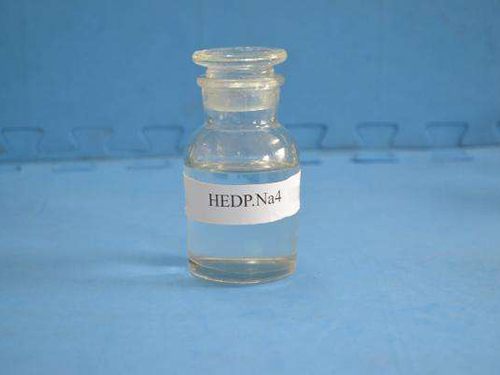polyacrylamide polymer
The Versatile Applications of Polyacrylamide Polymer
Polyacrylamide, a synthetic polymer derived from acrylamide monomers, is widely recognized for its versatile applications across various industries. Its unique properties, such as high water solubility, gel-forming ability, and excellent biocompatibility, make it an indispensable material in fields ranging from agriculture to pharmaceuticals. Understanding these applications can shed light on the importance of polyacrylamide in modern technology and everyday life.
One of the primary uses of polyacrylamide is in water treatment. Due to its ability to coagulate and flocculate particles suspended in water, polyacrylamide is a key ingredient in processes aimed at purifying drinking water and treating wastewater. The polymer facilitates the aggregation of smaller particles into larger clusters, making it easier to remove contaminants and solids from the water. This application is crucial in ensuring that communities have access to clean water, thereby contributing to public health and environmental safety.
The Versatile Applications of Polyacrylamide Polymer
Polyacrylamide also plays a significant role in the oil and gas industry. It is utilized in enhanced oil recovery (EOR) techniques, where it is injected into oil reservoirs to improve the flow of crude oil. By increasing the viscosity of the water used during extraction, polyacrylamide helps push more oil to the surface, thereby optimizing production rates. This application is crucial in maximizing the efficiency of oil extraction and minimizing environmental impact.
polyacrylamide polymer

In the field of pharmaceuticals, polyacrylamide is used in drug delivery systems and as a medium for biochemical applications. Its biocompatibility and ability to form hydrogels make it an ideal candidate for creating scaffolds that can be used for tissue engineering. These scaffolds support cell growth and regeneration, paving the way for advancements in regenerative medicine. Moreover, polyacrylamide gels are commonly utilized in electrophoresis, a laboratory technique used to separate biomolecules based on size and charge, thereby enabling various research applications.
Environmental monitoring is another area where polyacrylamide proves invaluable. It can be employed in sedimentation processes to help assess the concentration of pollutants in bodies of water. By using polyacrylamide-based systems, researchers can determine the effectiveness of pollution control measures and make informed decisions regarding environmental management.
Despite its many benefits, the use of polyacrylamide is not without concerns. The toxicity of acrylamide, a potential carcinogen, raises questions about the safety of its applications. While polyacrylamide itself is generally considered safe when used appropriately, the implications of its use in various settings require careful regulation and monitoring.
In conclusion, polyacrylamide is a remarkable polymer with a wide range of applications that significantly impact various industries. From enhancing water treatment processes to improving agricultural practices and enabling advancements in medical technology, its importance cannot be overstated. As research continues to uncover new uses and improve the safety of this polymer, polyacrylamide stands as a testament to the innovation and versatility of synthetic materials in addressing complex challenges in our world today.
-
2-Phosphonobutane-1,2,4-Tricarboxylic Acid: Scale & CorrosionNewsAug.29,2025
-
Premium Isothiazolinones | Broad-Spectrum Biocidal SolutionsNewsAug.28,2025
-
LK-319 Special Scale And Corrosion Inhibitor For Steel Plants: Advanced Solutions for Industrial Water SystemsNewsAug.22,2025
-
Flocculant Water Treatment: Essential Chemical Solutions for Purification ProcessesNewsAug.22,2025
-
Isothiazolinones: Versatile Microbial Control Agents for Industrial and Consumer ApplicationsNewsAug.22,2025
-
Scale Inhibitor: Key Solutions for Water System Scale PreventionNewsAug.22,2025





